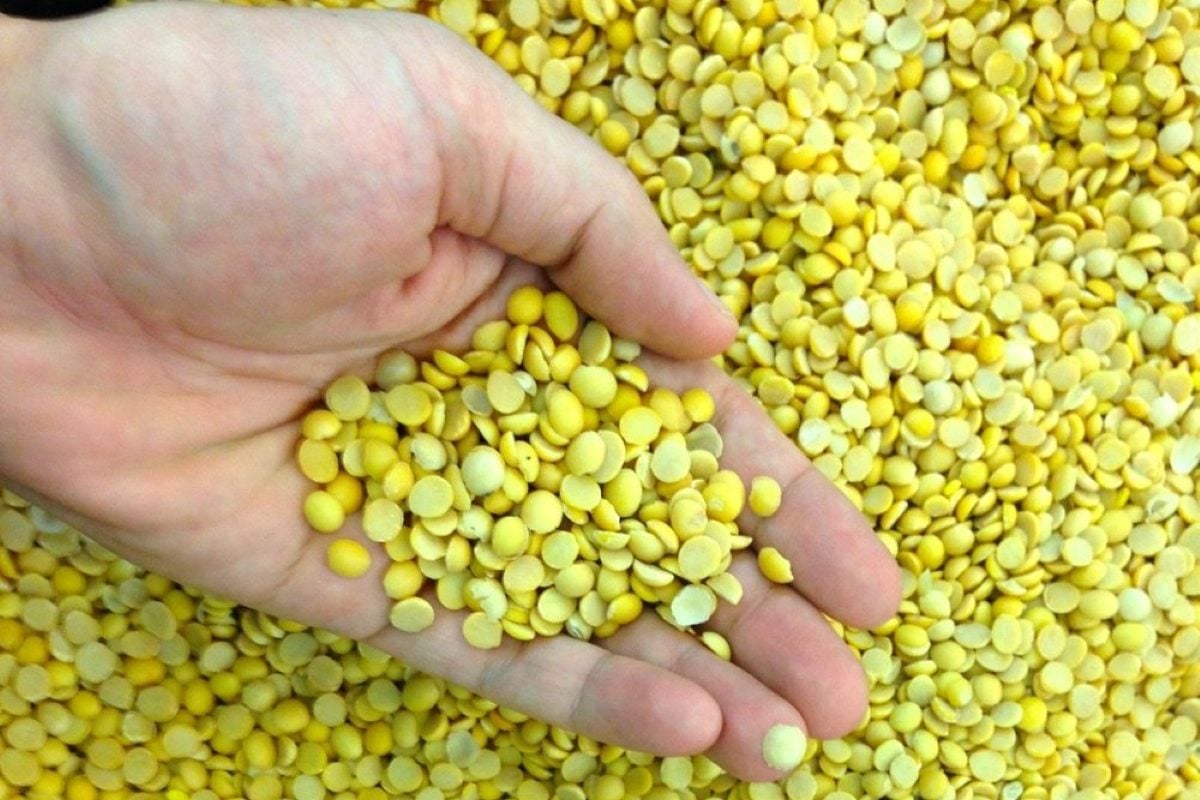The Canadian Foodgrains Bank has been tasked by its member aid agencies to develop their co-ordinated, longer-term response for food aid in Haiti.
“It is important that there be a coordinated effort in response to the earthquake and that agencies don’t simply rush in and risk doubling up on some efforts and letting other needs fall between the cracks,” the food aid organization said in a recent statement.
Representatives from the Winnipeg-based group, owned by 15 Canadian church agencies, said last week that the quake-stricken country is receiving “literally a drop in the bucket” in terms of the amount of food available.
Read Also

Pulse Weekly: India imposes 30 per cent tariff on yellow peas
Pulse Canada is quite unhappy with the Indian government’s recent move to slap a 30 per cent tariff on its yellow pea imports, said the pulse organization’s board chair Terry Youzwa.
“Many of the partner organizations of the CFGB are working in Haiti and will be drawing heavily on their accounts to respond to this enormous need,” the group said.
The CFGB said its recovery program may involve food-for-work projects that provide households with food while homes and community assets are rebuilt. Food aid for the “internally displaced” and ag programs to help farmers prepare for the March seeding season are also being considered.
In a recent note to CFGB supporters, the CFGB’s Manitoba resource co-ordinator Harold Penner also noted that the deadline is Feb. 12 for donations to Haiti relief to be matched 1:1 by the Canadian government. Donations to the CFGB are among those qualifying for the federal matching funds.














